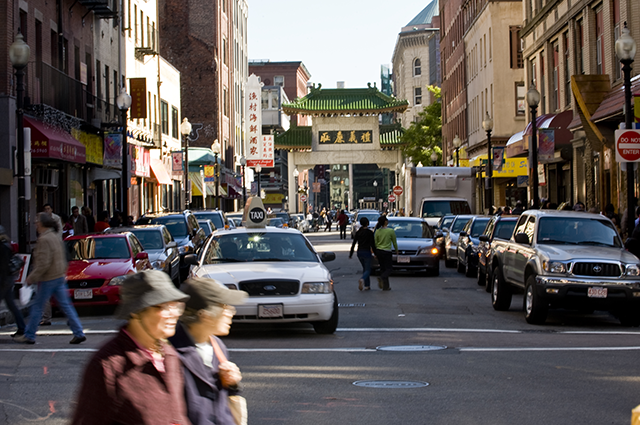Computational models of air pollution

Ultrafine particle exposure can lead to negative health effects on the cardiovascular system, the respiratory system, and on cognitive function. Potential exposures to ultrafine particles are measured as particle number concentrations (PNCs). Researchers often use computational models to measure PNCs near roads and highways.
A team of researchers recently published a study in Environmental Science & Technology on their findings that computer-based models of air pollution do not agree in all scenarios. Team members included Associate Professor John Durant and alumni Allison Patton and Chad Milando. The research team set out to evaluate the ability of dispersion and regression models to predict PNC in Somerville and Boston's Chinatown, near highways. They found differences among models in areas with complex roadway geometries and wind patterns. In Chinatown in particular, PNC trends differed among models; researchers theorized that this was due to the effects of nonhighway particle sources and of street canyons.
This month, the National Institute of Environmental Health Sciences featured the paper as one of its intramural papers of the month in Environmental Factor.
Read the full paper in Environmental Science & Technology.
Department:
Civil and Environmental Engineering